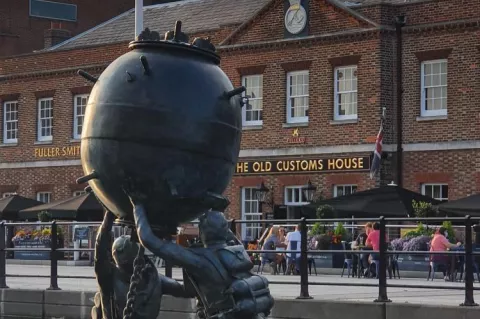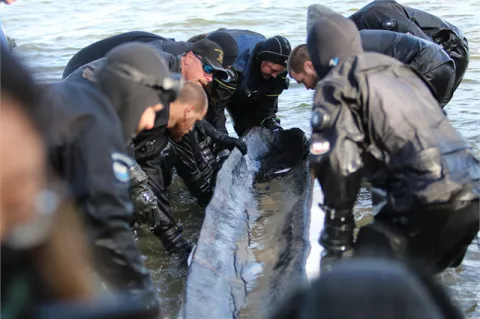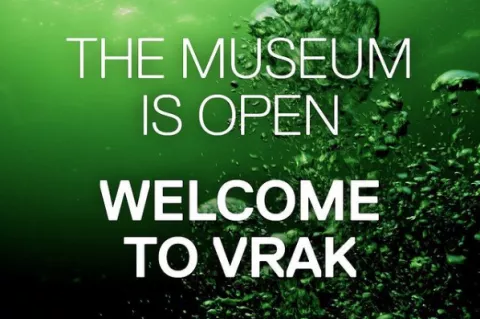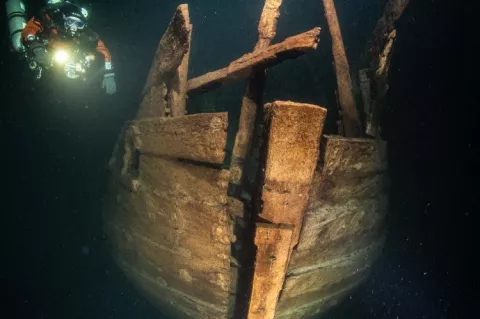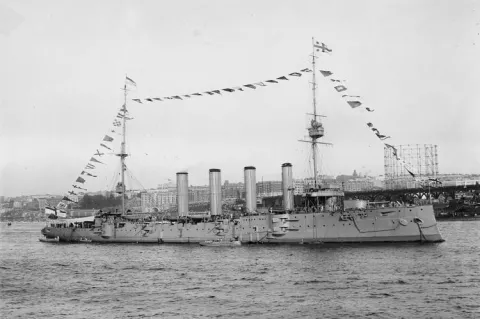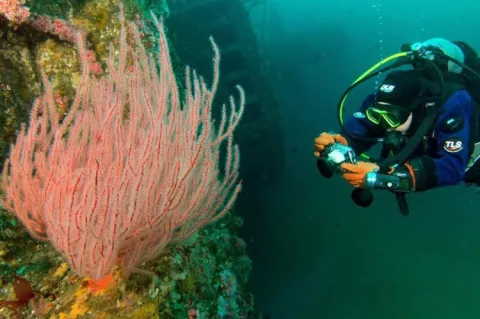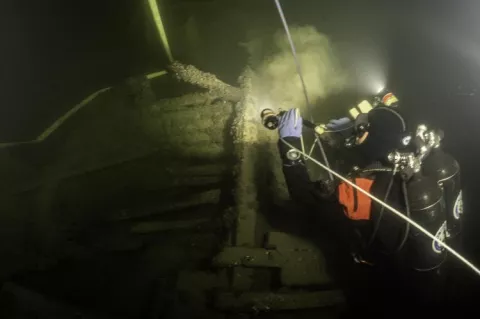Royal Navy to dismantle WWII shipwreck in risk of enormous explosion
A Ministry of Defence report said an explosion “would throw a 300 metre-wide column of water and debris nearly 3,000 metres into the air and generate a wave 5 metres high”.
The warship was part of a US convoy travelling to the UK in August 1944 - but when it arrived in the Thames Estuary, it was instructed to anchor in the Great Nore, off Sheerness, where it sank, with about 1,400 tonnes of explosives remaining on board.


